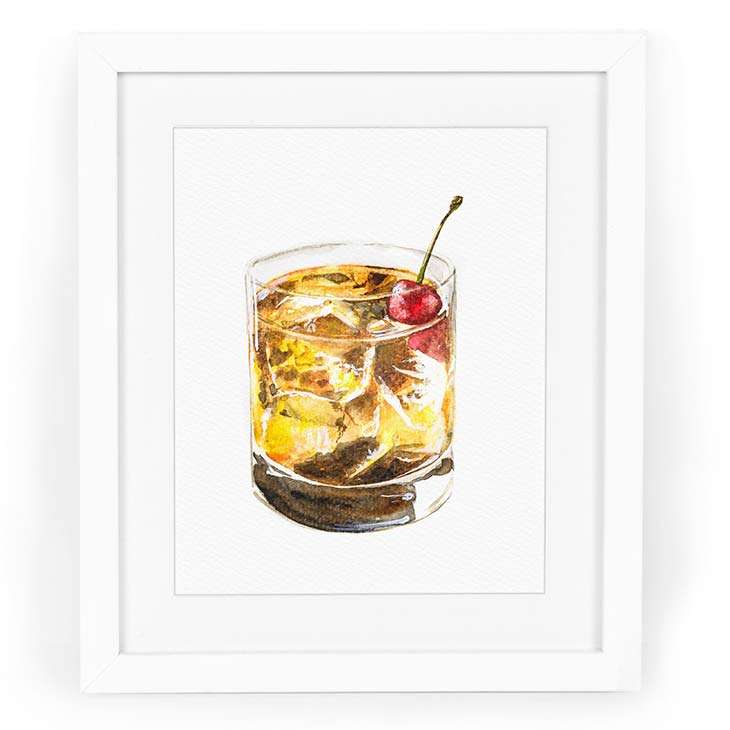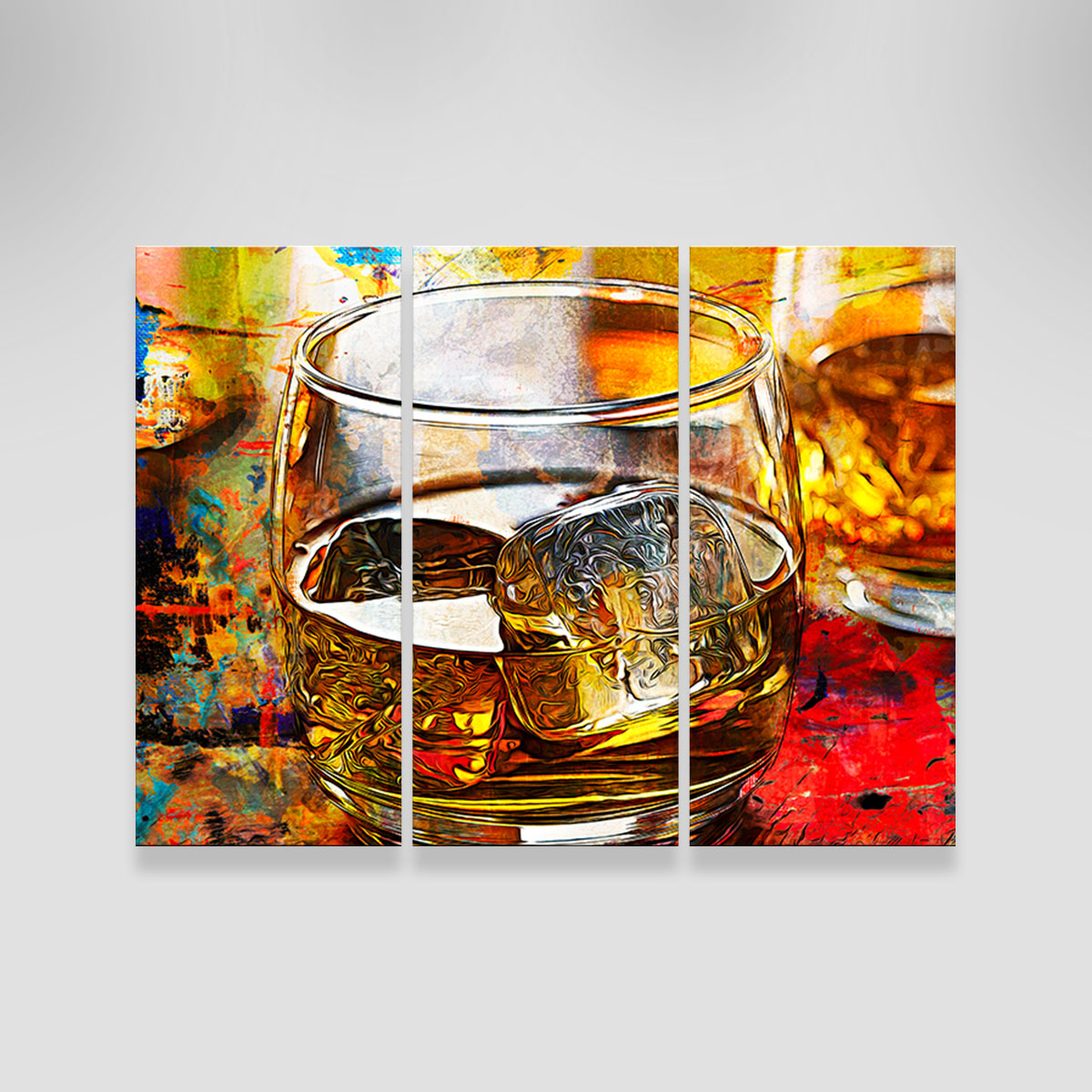The Relevance of Whiskey Art in Celebrating Heritage and Craftsmanship in the Beverage Sector
The detailed partnership in between scotch art and the event of heritage and workmanship within the beverage industry can not be overstated. With attentively made labels and containers, whiskey brand names encapsulate their historical origins and the artisanal skills that define their manufacturing techniques. This imaginative dimension not just enhances market appeal however also functions as an avenue for cultural narration, fostering a much deeper link in between the consumer and the craft. As we explore the various aspects of this topic, fascinating concerns regarding the influence of modern fads on conventional practices arise, prompting additional evaluation.
The Historic Roots of Whiskey
At the heart of whiskey's appeal exists a rich tapestry of historic origins that trace back to ancient civilizations. The origins of scotch can be connected to the purification techniques of the Sumerians and Babylonians around 2000 BCE, where very early types of fermented grain beverages started to arise. Nonetheless, it remained in the Middle Ages that the art of distillation advanced significantly, specifically in Ireland and Scotland, bring about the development of whiskey as we know it today.
The term "whiskey" itself stems from the Gaelic word "uisce beatha," indicating "water of life." This phrase emphasizes the social relevance of whiskey in Celtic societies, where it was commonly connected with routines, parties, and common bonding. By the 15th century, purification ended up being a recognized craft within monastic areas, leading the way for the establishment of lawful distilleries.
As trade routes broadened, bourbon's popularity grew, transcending local limits and capturing the passion of aficionados worldwide. Realism Art. This historical trip mirrors not just the workmanship behind scotch production yet additionally its essential function in social and cultural contexts, noting it as a substantial drink throughout background
Artistic Expression in Branding
Bourbon branding stands as an engaging crossway of virtuosity and business, where visual identification plays a vital role fit customer understanding. The appearances of bourbon labels, product packaging, and advertising products show not only the brand's tale however also its core values and heritage. Via imaginative expression, distilleries communicate a narrative that reverberates with consumers, evoking feelings and sparking links.
Using color, typography, and images in branding offers to differentiate items in a saturated market. Standard motifs might evoke a sense of credibility and craftsmanship, while modern styles can signify advancement and forward-thinking. This tactical imaginative instructions enhances brand name recognition and loyalty, allowing customers to create an individual connection with the whiskey they choose.
Furthermore, artistic expression in branding often serves as an event of regional heritage. Distilleries regularly include neighborhood symbols or historical referrals right into their layouts, creating a local color that welcomes customers to partake in a more comprehensive social experience. Eventually, the virtuosity behind whiskey branding not just improves visual allure however likewise enriches the general narrative of the brand, cultivating a deeper admiration for the workmanship and heritage embedded in each container.
Craftsmanship in Bottle Layout
The virtuosity evident in scotch branding prolongs past visual identity to encompass the craftsmanship involved in bottle style. Each container acts as a vessel not simply for the spirit within, however likewise for the tale it informs regarding its quality, beginning, and tradition. The design process requires thorough focus to detail, as components such as form, closure, and material contribute substantially to the general perception of the bourbon.
Workmanship in container design involves selecting high-quality glass that can boost the whiskey's shade and quality, while likewise supplying a tactile experience for the consumer. The silhouette of the container should be link both visually enticing and practical, frequently reflecting the heritage of the brand. Numerous distilleries go with distinct shapes or embossed logos that evoke a feeling of authenticity and history.
Additionally, the label layout and typography play an essential function in connecting the brand name's narrative. Realism Art. A well-crafted container not only mesmerizes the customer's eye yet likewise enhances the brand's commitment to high quality and practice. This way, the workmanship of container design comes to be an essential facet of the scotch experience, combining artistry with an extensive respect for heritage
Social Value of Whiskey Art
Celebrating practice and workmanship, the social importance of whiskey art transcends mere aesthetics, intertwining with the social and historic stories of the areas from which it comes from. Each container serves as a canvas, illustrating the special tales, mythology, and practices that have actually shaped local whiskey-making practices. The detailed designs usually mirror the heritage of the distillers, including signs and concepts that resonate with the web culture and values of their neighborhoods.

Additionally, bourbon art plays an important duty in common gatherings and celebrations, offering as a concrete link in between individuals and their shared experiences. By appreciating the virtuosity in whiskey product packaging, consumers cultivate a much deeper understanding and regard for the craft, eventually enriching their enjoyment of the drink itself.
Modern Trends in Bourbon Discussion
In recent times, the discussion of whiskey has evolved to show modern preferences and patterns while still recognizing typical workmanship - Whiskey Art. Distilleries are significantly concentrating on aesthetic aspects that boost the total alcohol consumption experience, linking the space between heritage and modernity
Cutting-edge container styles have actually emerged, often integrating lasting materials and imaginative labels that tell engaging stories. Numerous brand names currently work together with local artists, infusing their products with unique aesthetic expressions that resonate with customers. In addition, limited-edition releases are frequently packaged in collectible containers, including value and allure for connoisseurs.

Final Thought
In final thought, scotch art serves as a crucial channel for expressing the heritage and workmanship fundamental in the beverage industry. With complex branding, ingenious container styles, and culturally significant creative aspects, bourbon brand names successfully honor their traditions and link with consumers.


Workmanship in container layout involves selecting top notch glass that can improve the whiskey's color and quality, while additionally giving a tactile experience for the consumer. In this way, the workmanship of bottle layout comes to be a vital element of the whiskey experience, combining creativity with a profound respect for heritage.
In conclusion, scotch art serves as a crucial avenue for sharing the heritage and craftsmanship integral in the beverage sector.